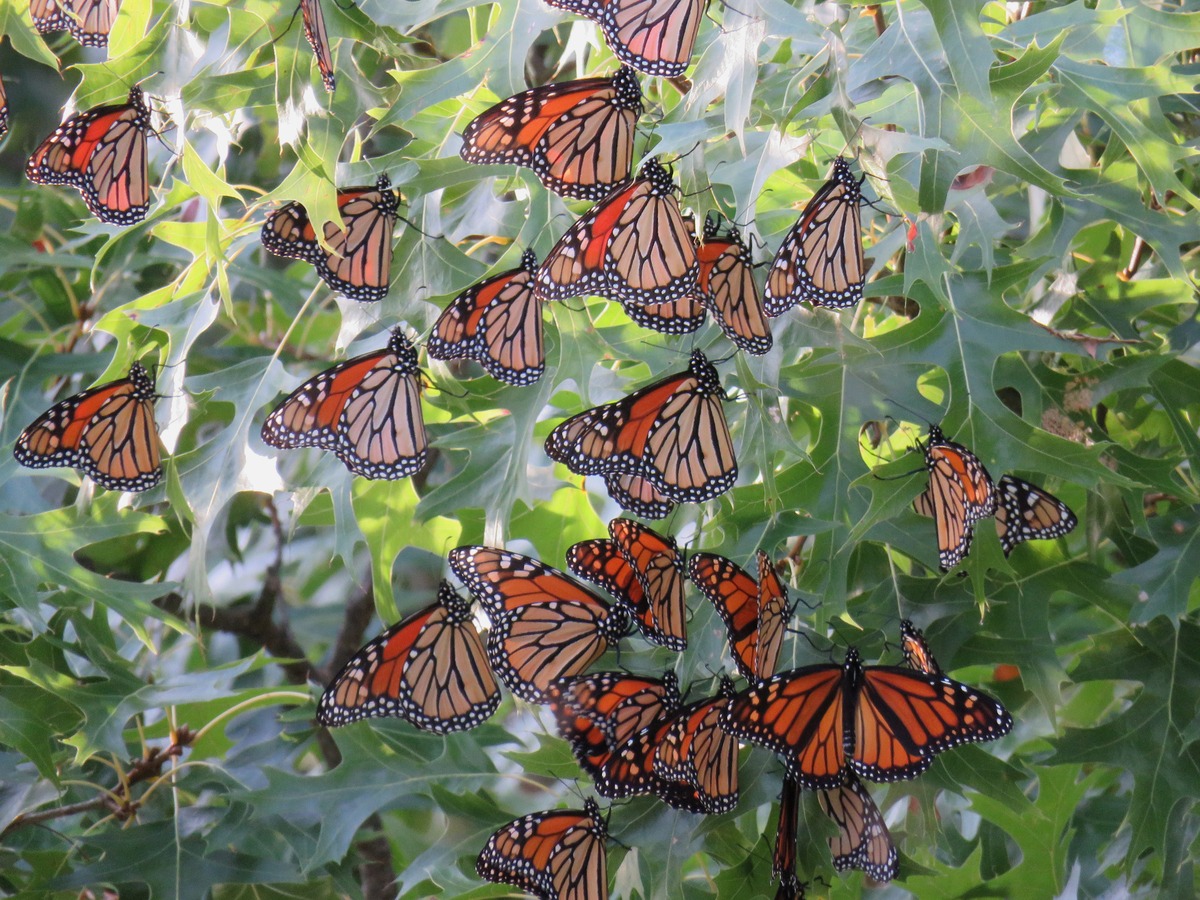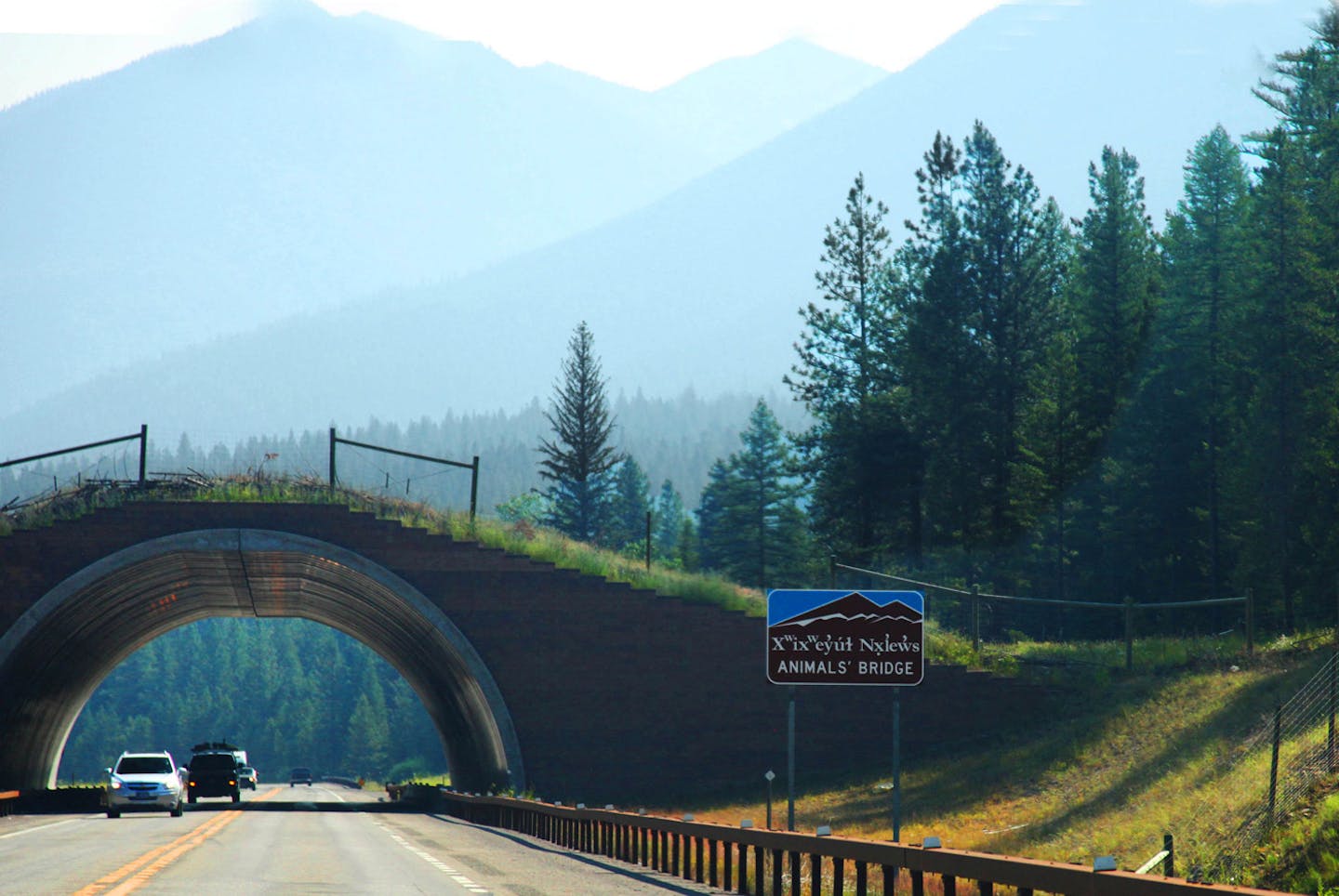The Wildlife Corridors Conservation Act of 2019
New legislation to establish a national system of wildlife corridors in the United States comes just days after the United Nations released a report detailing the significant threats facing global biodiversity, including wildlife native to America.
Introduced in both houses of Congress on the 16th of May, The Wildlife Corridors Conservation Act of 2019 is the most significant step toward national wildlife conservation in decades. If passed, the Act will establish a National Wildlife Corridors Program that facilitates the designation of wildlife corridors on federal lands and provides grants to maintain wildlife corridors on non-federal lands.
From elk to monarch butterflies, America’s wildlife needs to move to survive. Wildlife corridors are critically important habitat areas that allow species to travel safely across human infrastructure, facilitating migration, range expansion, and mating. Wildlife corridors also increase resiliency of animal populations in the face of changing climate and landscapes.

The fragmentation of wildlife habitat due to human development presents one of the most significant threats to wildlife across America. With roughly one in five animal and plant species in the U.S. at risk of extinction due to habitat loss and fragmentation, the protection of wildlife corridors, both on land and below sea is crucial to their survival and a healthy future for the planet.
The Act grants authority to key federal agencies to create a National Wildlife Corridor system on federal public land. It also creates a Wildlife Movement Grant Program to incentivize state and tribal agencies, as well as private landowners to protect wildlife corridors on non-federal lands. The Wildlife Corridors Conservation Act would provide the most important step of any single piece of legislation to date in enlarging protected areas and thereby saving large swaths of America’s wildlife and biodiversity.
Wildlife species in need of protected corridors include the pronghorn antelope, an important game species in the Southwest, whose survival depends upon the ability to migrate seasonally. Even insects like the monarch butterfly need protected corridors to migrate up to 3,000 miles. A full migration can take 3-4 generations to complete, and without protected places along the flyway for them to rest and reproduce, the species could be lost entirely.
The success of wildlife corridors in protected species has been proven. Bridges and underpasses in Colorado, and Wyoming have significantly decreased wildlife fatalities on state highways. In Washington, a special rope bridge allows squirrels to safely cross a busy road. Also in Washington, a 35-foot-tall, 66-foot-wide wildlife bridge connects portions of the forest that had been previously fragmented. Leda Huta, Executive Director of the Endangered Species Coalition, a network of conservation organizations that have led the effort for a national system of connected wildlife habitats, said:

.png?auto=compress%2Cformat&w=200)

